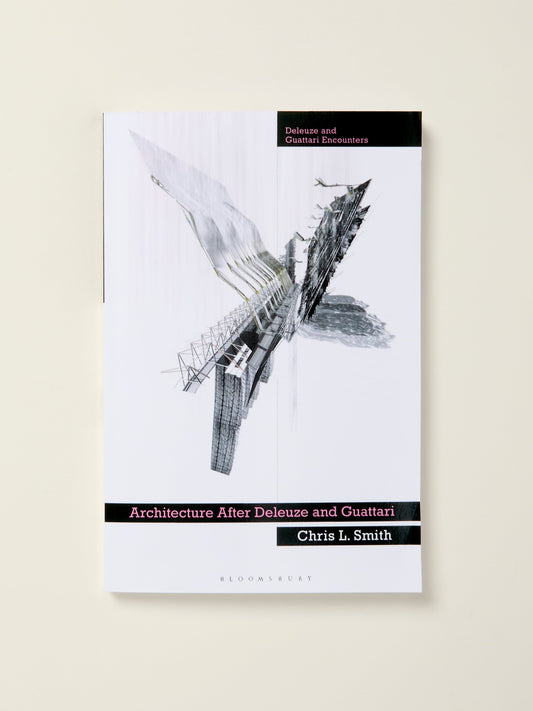

Designerly Ways of Knowing: A Working Inventory of Things a Designer Should Know
Designerly Ways of Knowing: A Working Inventory of Things a Designer Should Know
A guidebook slash notebook of things designers should think about in order for them to know.
Design thinking has created divisions in the discipline: either designers are too theory driven or simply practitioners. Those feeling lost can easily turn to a language meant to inspire creative production in easy to pitch ways, where rhetoric uses design to keep power at bay, to celebrate hegemonic beliefs which are used to indoctrinate designers in bad education, incapable of imagining different futures. If you take away the post-its, the A3 papers and the markers, can designers think?
Led by Antonio Gramsci’s advice that knowing thyself requires compiling an inventory, design critic, educator and researcher Danah Abdulla pays tribute to the late architect, activist and critic Michael Sorkin, whose original list “Two Hundred and Fifty Things an Architect Should Know” inspired this updated version targeted at designers. The iterative list is not meant to be a definitive how to guide, but to spark conversations, to prompt critical thinking and to help designers reconfigure their discipline.
- Filed in
- History & Theory
- Theory

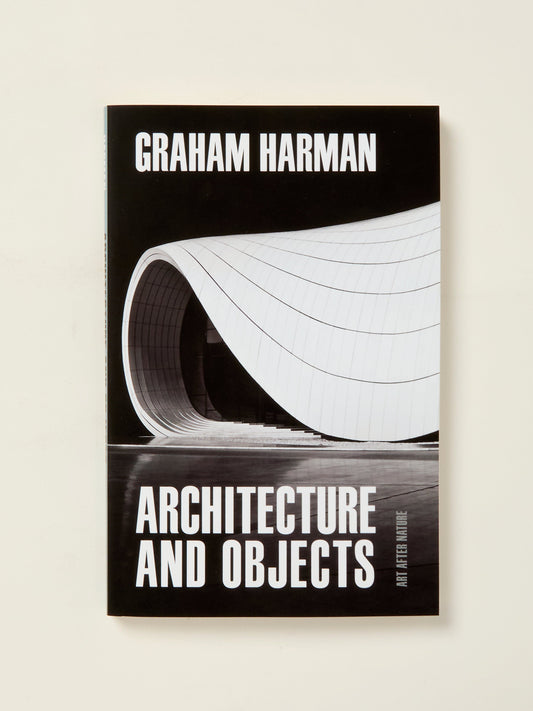
Architecture and Objects (Art After Nature)
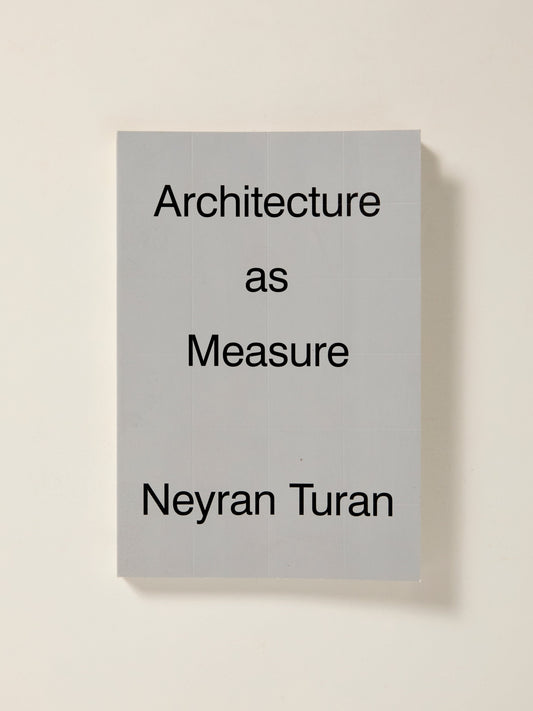
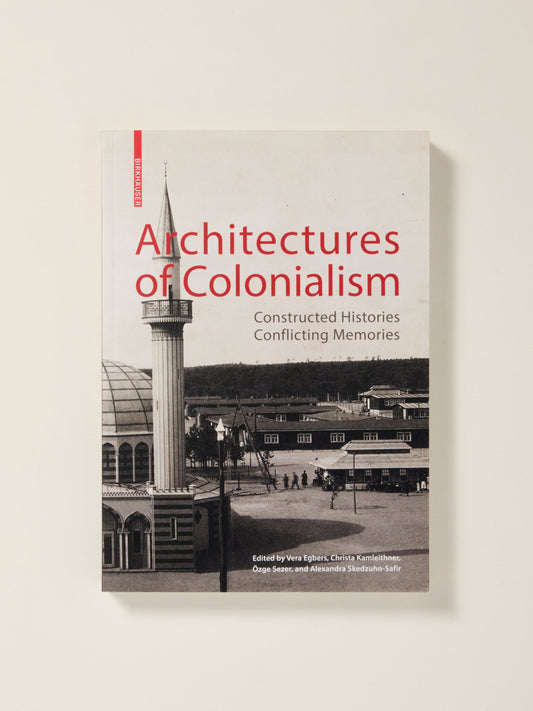
Architectures of Colonialism: Constructed Histories, Conflicting Memories
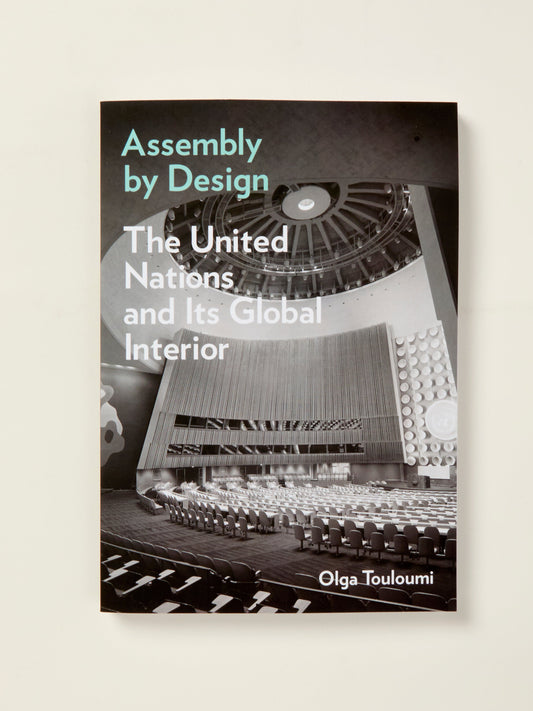
Assembly by Design: The United Nations and Its Global Interior
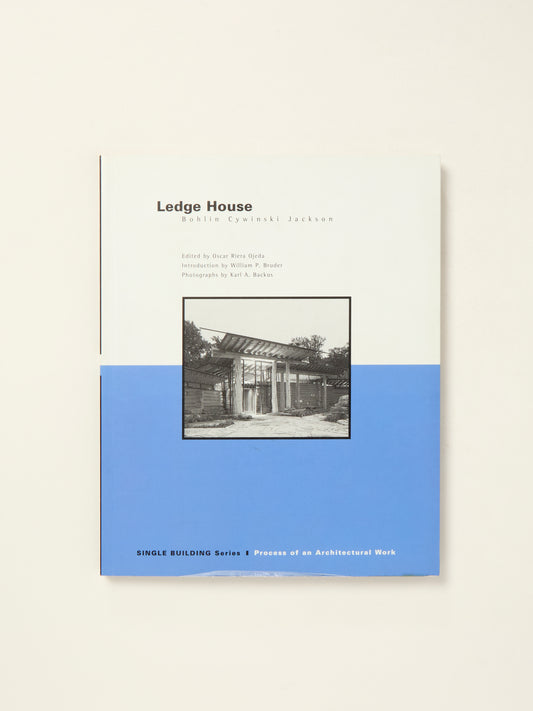

Cereal Drying Racks: Culture and Typology of Wood Buildings in Europe and East Asia
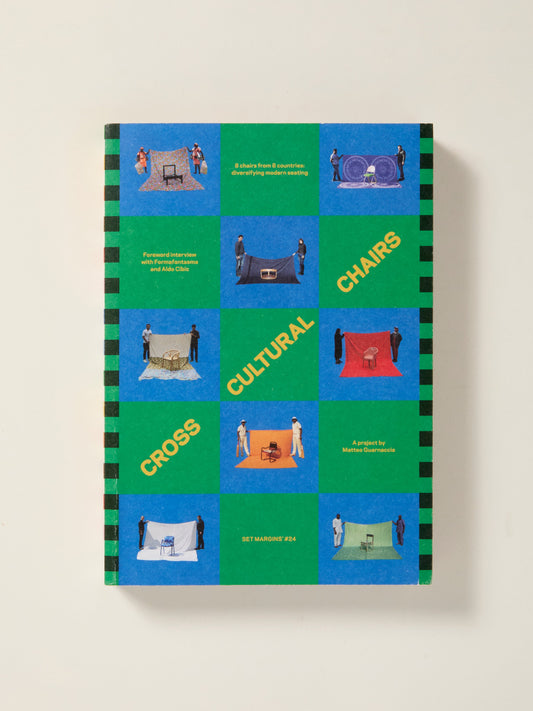
Cross Cultural Chairs: 8 Chairs from 8 Countries
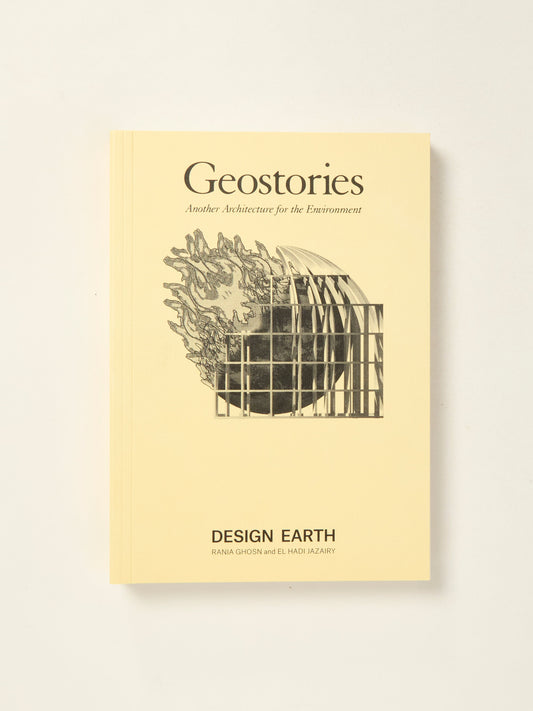
Geostories: Another Architecture for the Environment
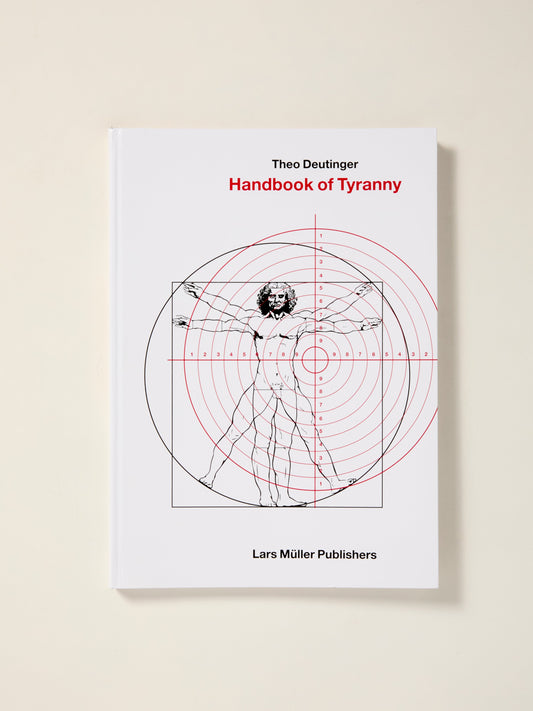
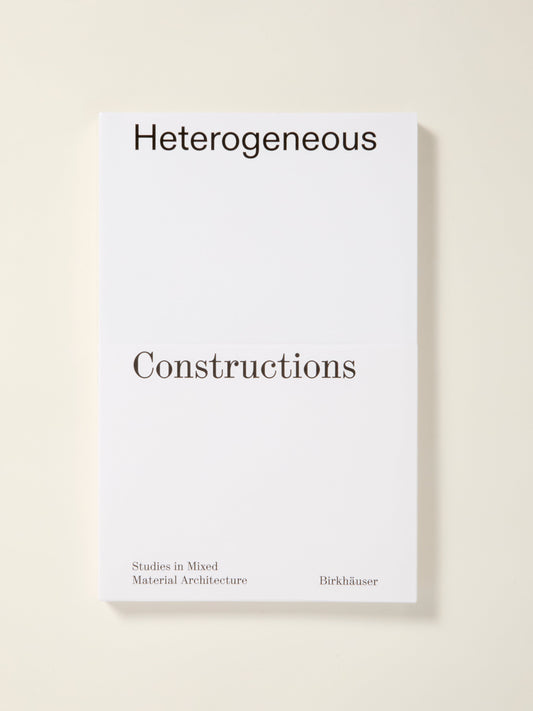
Heterogeneous Constructions: Studies in Mixed Material Architecture
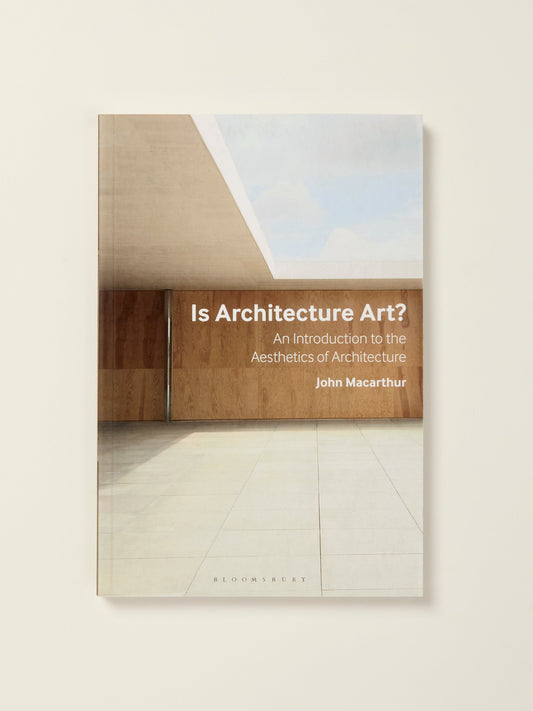
Is Architecture Art?: An Introduction to the Aesthetics of Architecture
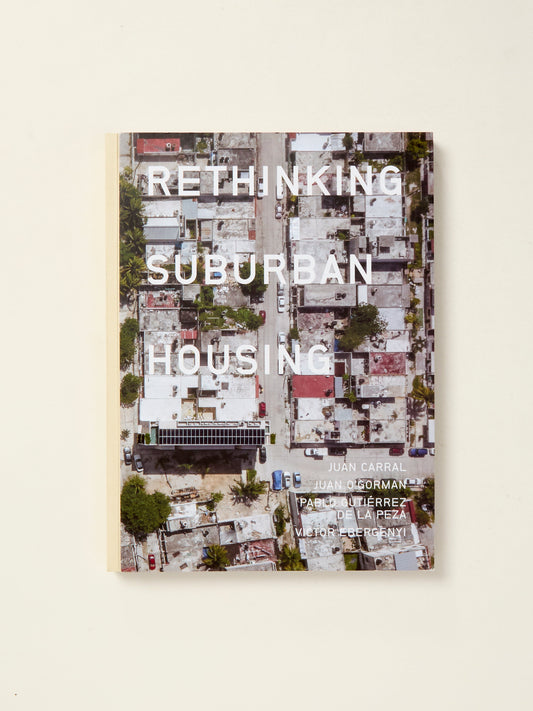
Juan Carral: Rethinking Suburban Housing
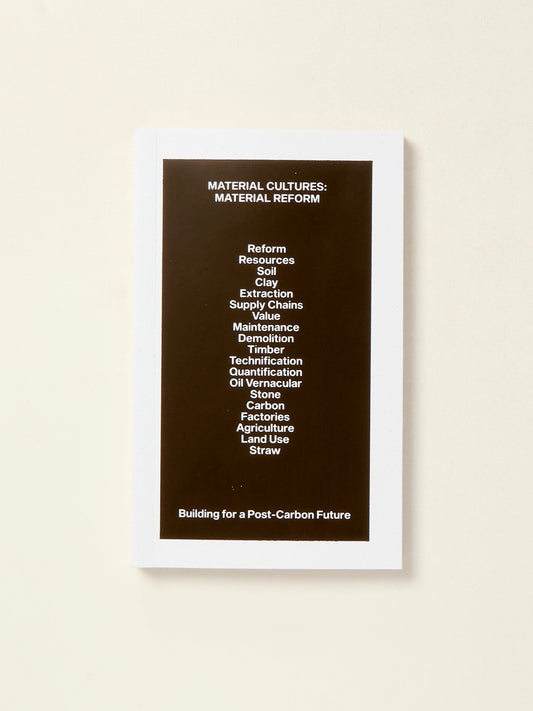
Material Cultures: Material Reform - Building for a Post-Carbon Future
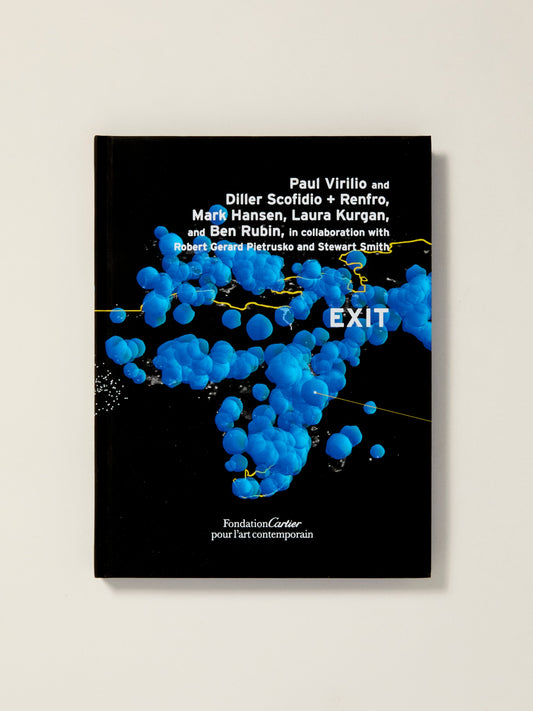
Paul Virilio and Diller Scofidio + Renfro: EXIT
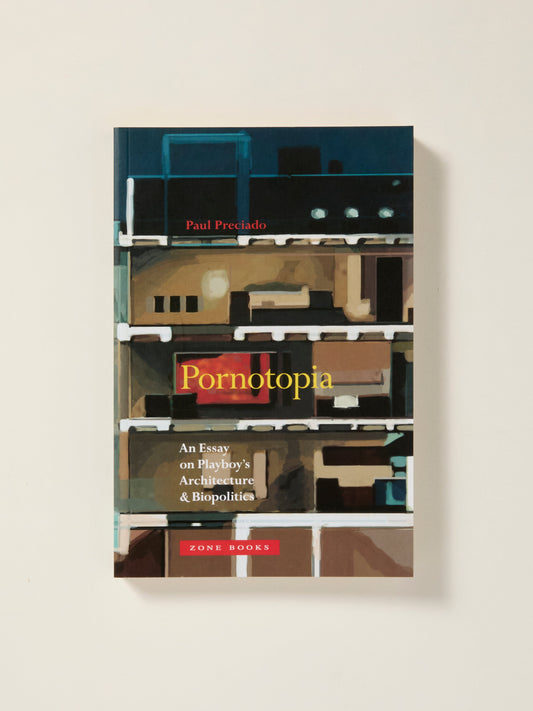
Pornotopia: An Essay on Playboy’s Architecture and Biopolitics
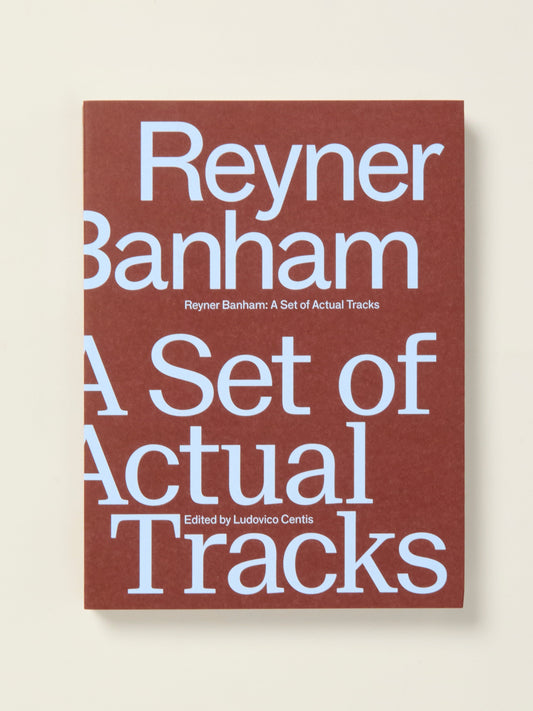
Reyner Banham: A Set of Actual Tracks
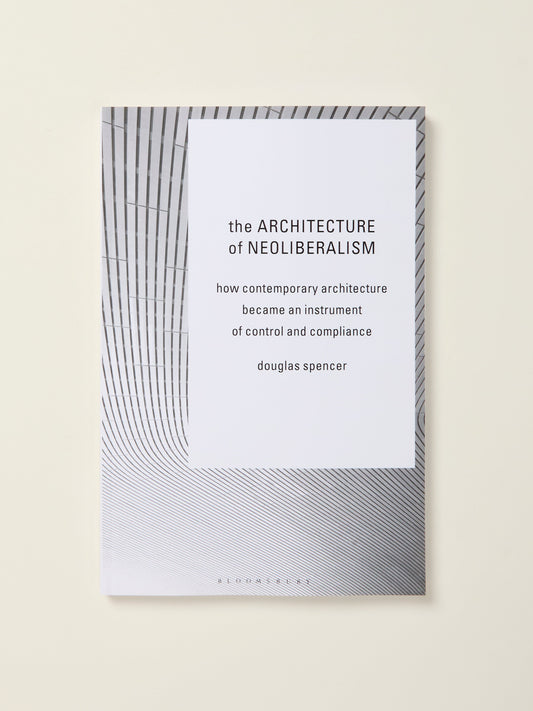
The Architecture of Neoliberalism: How Contemporary Architecture Became an Instrument of Control and Compliance
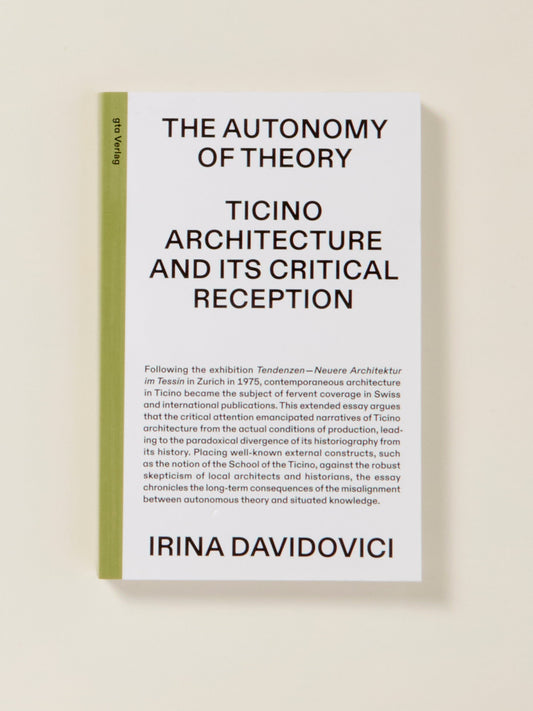
The Autonomy of Theory: Ticino Architecture and Its Critical Reception
